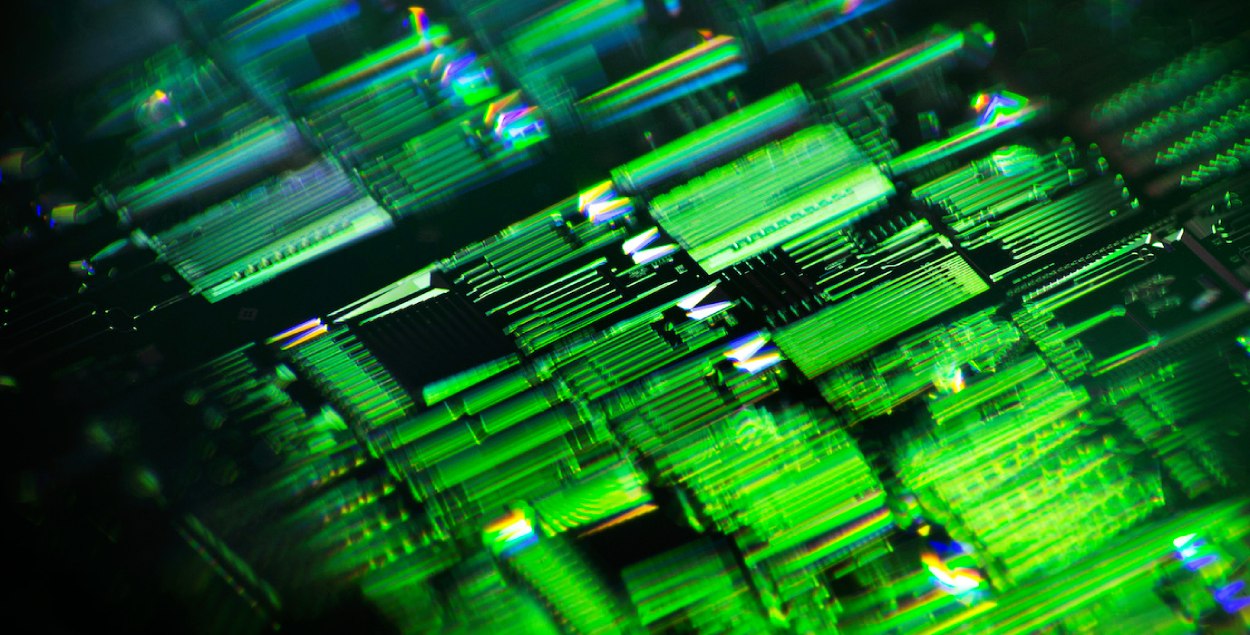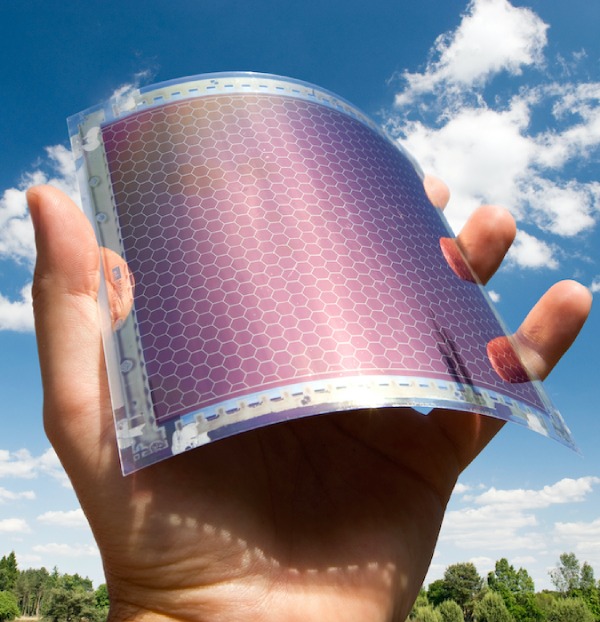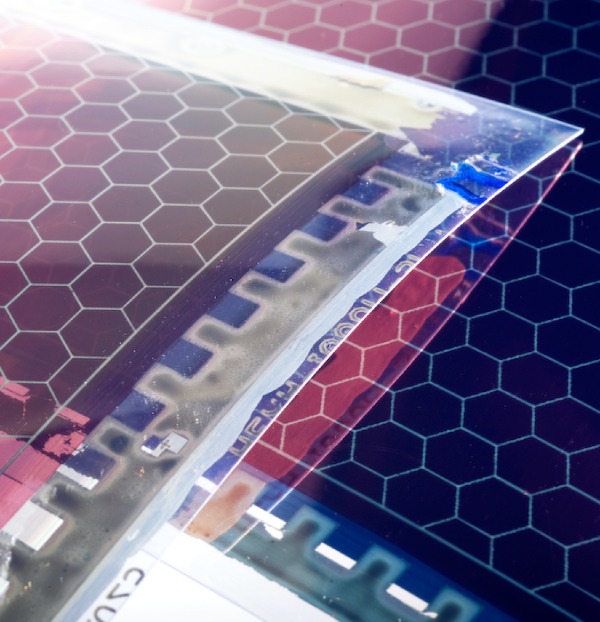Photonics
Quickly go to
- Photonics as a part of the High Tech Topsector
- A multi-billion dollar industry
- Eindhoven is the ‘photonics capital’

The Dutch have had a position in the top twenty of the world's largest economies for a while now and we can definitely say we’re an essential knowledge-generating country. The present societal challenges stimulate our innovation strength, and Dutch solutions provide new products, services, and solutions worldwide. These challenges called for a new disruptive innovative collaboration approach between companies, researchers, and the government: ‘The Topsector Policy’. One of these top sectors is High Tech Systems , of which ‘photonics’ is a sub-component. The High Tech topsector recognizes photonics as a Key Enabling Technology.


Nowadays, we’re constantly challenged by the explosive growth of data traffic. Current chip technology can hardly keep up with this insane expansion. Luckily, integrated photonics has proven to be a great solution to this problem. When it comes to integrated photonics, the Netherlands has gained a central position and it’s expected to become a multi-billion dollar industry in the upcoming years, providing thousands of jobs for highly qualified professionals.
Most organisations and companies that deal with photonics are concentrated in the Eindhoven region. Brainport Eindhoven is a forerunner in the market - its engineers are constantly succeeding in beating Moore’s law and defying physics boundaries. Leading the way in R&D are Philips and ASML, two brilliant companies both based in the Netherlands and both extremely focussed on bringing only the newest technologies to the table.